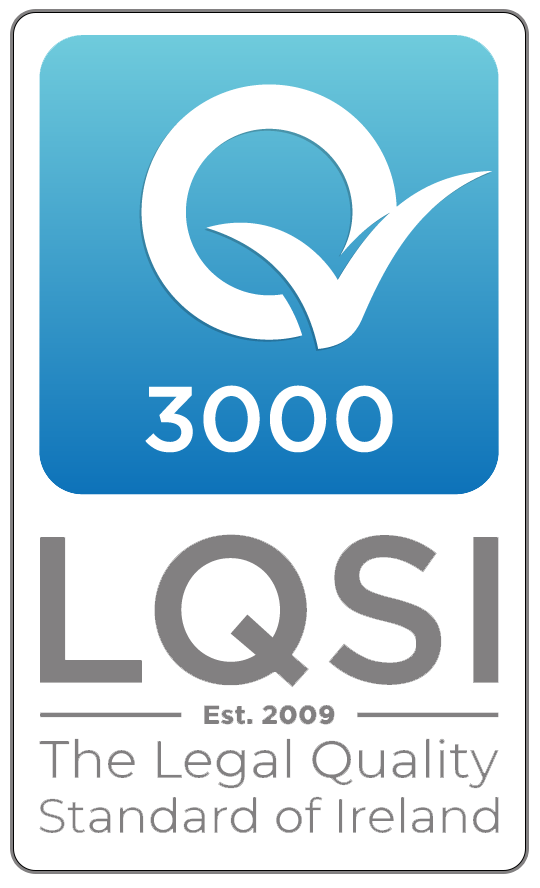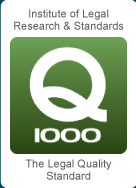
A stroke is a medical emergency that happens when the blood flow to your brain is interrupted. Without blood, your brain cells start to die. It is estimated that over 80% of strokes are ischaemic which is when a blood clot blocks the flow of blood and oxygen to the brain.
Unfortunately, some patients each year attend accident and emergency departments with the symptoms of stroke that are not properly and promptly assessed and diagnosed leading in some cases to a worse outcome for the patient.
Most people with acute stroke have their first symptoms outside of a hospital. Therefore, it is vital that members of the public and healthcare professionals such as primary care team members, paramedics, accident and emergency personnel can recognise a stroke as early and accurately as possible to facilitate an appropriate emergency response. Measures taken by clinicians outside hospitals (such as reduced time at the scene) can reduce the overall time to treatment and thereby improve the prospects for the patient to respond to time-critical treatments.
A number of pre-hospital screening tools have been developed that are sensitive in detecting the majority of people with acute stroke that present with facial weakness, speech disturbance or unilateral limb weakness. A test called the FAST test has been accepted as the screening tool of choice for clinicians and the general public.
FAST stands for facial drooping, arm weakness, speech difficulties and time (and has been used by the National Stroke Association, American Heart Association and others to educate the public on detecting symptoms of a stroke.
However, some people with symptoms of stroke will not be identified by the FAST test and thus a stroke may not be suspected. It can be difficult in many cases to diagnose a stroke.
Recommendations
In the UK the National Clinical Guidelines for stroke prepared by the Royal College of Physicians has recommended that people seen by ambulance personnel outside Hospital with the sudden onset of Focal Neurological symptoms should be screened for hypoglycaemia with a capillary blood glucose and for stroke or TIA (transient ischaemic attack) using a validated tool. They also recommend that people who are negative when screened but in whom a stroke is still suspected should be treated as if they have stroke until the diagnosis has been excluded by a specialist stroke clinician. Also patients with a suspected TIA should be given 300mg of aspirin immediately and assessed urgently within 24 hours by a specialist physician in a neurovascular clinic or an acute stroke unit.
The UK guidelines also recommend that any person presenting with sudden severe headaches and an altered neurological state should have the diagnosis of subarachnoid haemorrhage investigated. There are three main types of strokes as follows:
- Ischemic
- Haemorrhage
- Transient ischemic attach (a warning or mini-stroke)
About the Author
Liam Moloney is a Solicitor who specialises in medical negligence and product liability legal actions. Mr Moloney has attended legal courses run by Doctors and Lawyers in the United Kingdom dealing with medico-legal issues that can arise from negligent treatment in accident and emergency departments. If you or a family member wish to seek legal advice on the laws of medical negligence in Ireland please feel free to contact our firm at info@moloneysolicitors.ie.
*In contentious business a Solicitor may not charge a fee for litigation services provided based on a percentage of an overall settlement or award of damages recovered*
*This article is a commentary on how medico legal claims can be avoided if proper care is provided to promptly diagnose and treat stroke victims. It is not written for the purposes of promoting litigation as all such cases must meet a strict legal test to succeed.






